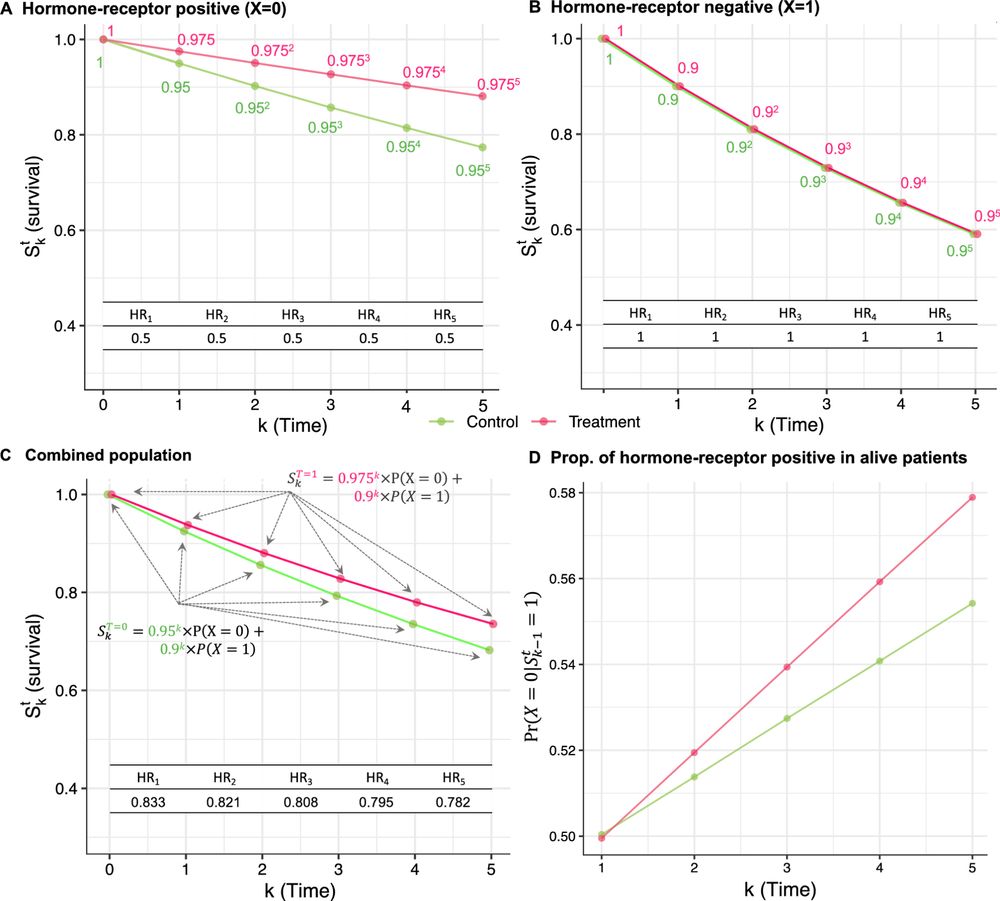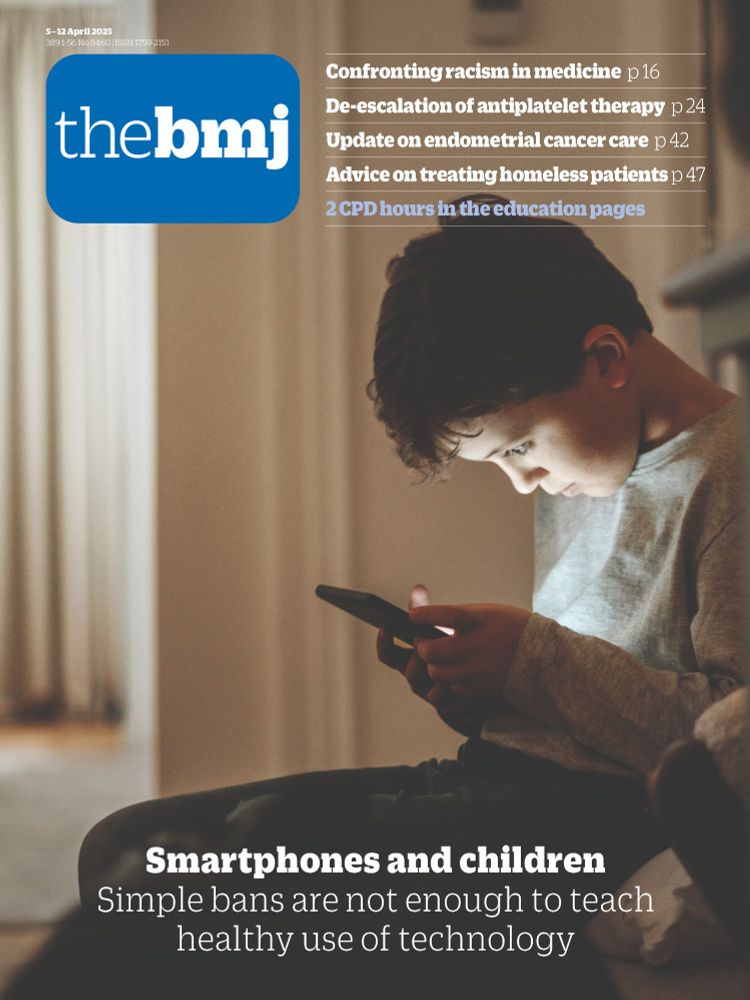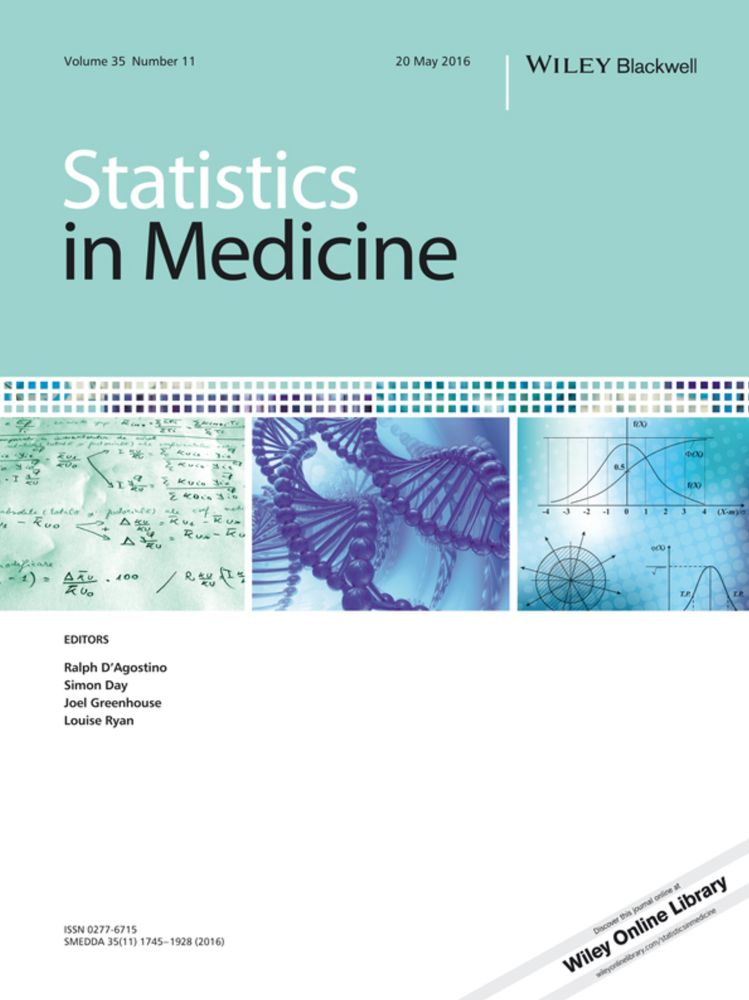Gentle reminder that a correlation coefficient isn’t a particularly great way to quantify the effect of a dichotomous treatment. See also
www.the100.ci/2025/07/28/w...
24.11.2025 07:23 — 👍 28 🔁 7 💬 3 📌 0

from Amrhein, Greenland, & McShane ("Retire statistical significance," Nature, 2019)
"For example, the authors above could have written: ‘Like a previous study, our results suggest a 20% increase in risk of new-onset atrial fibrillation in patients given the anti-inflammatory drugs. Nonetheless, a risk difference ranging from a 3% decrease, a small negative association, to a 48% increase, a substantial positive association, is also reasonably compatible with our data, given our assumptions.’ "

from Amrhein, Greenland, & McShane ("Retire statistical significance," Nature, 2019)
"Whatever the statistics show, it is fine to suggest reasons for your results, but discuss a range of potential explanations, not just favoured ones. Inferences should be scientific, and that goes far beyond the merely statistical. Factors such as background evidence, study design, data quality and understanding of underlying mechanisms are often more important than statistical measures such as P values or intervals."
I like this from @vamrhein.bsky.social et al. I assigned it to my class last semester and tried to explain that p-values measure how compatible (vs. surprising) the data are with the null, given our assumptions. But yeah, tests & CIs are hard to understand!
www.blakemcshane.com/Papers/natur...
22.11.2025 18:31 — 👍 6 🔁 2 💬 0 📌 0

The Only Three Reasons to Do a Ph.D. in the Social Sciences
If none are true, don’t do it.
Are you or one of your students considering doing a Ph.D. in a social science? I've spent a lot of time talking about this w/ students & finally wrote something up.
IMO, there are only 3 good reasons to do it. One of them needs to be true--otherwise, don't.
medium.com/the-quantast...
24.09.2025 16:32 — 👍 4 🔁 1 💬 0 📌 0
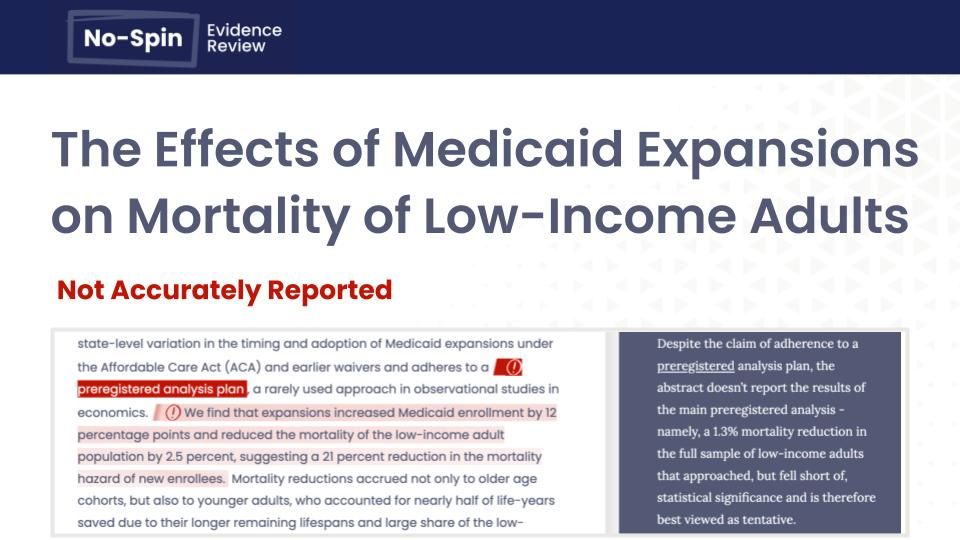
See our No-Spin report on a widely-covered NBER study of Medicaid expansion. In brief: Despite the abstract's claims that expansion reduced adult mortality 2.5%, the study found much smaller effects that fell short of statistical significance in its main preregistered analysis.🧵
11.06.2025 17:38 — 👍 1 🔁 2 💬 1 📌 0
Starting to look like I might not be able to work at Harvard anymore due to recent funding cuts. If you know of any open statistical consulting positions that support remote work or are NYC-based, please reach out! 😅
04.06.2025 19:02 — 👍 153 🔁 96 💬 11 📌 7
In case this is of interest, even ANCOVA I is consistent and asymptotically normal in completely randomized experiments (though II is asymptotically more efficient in imbalanced or multiarm designs)
05.05.2025 19:31 — 👍 3 🔁 0 💬 1 📌 0
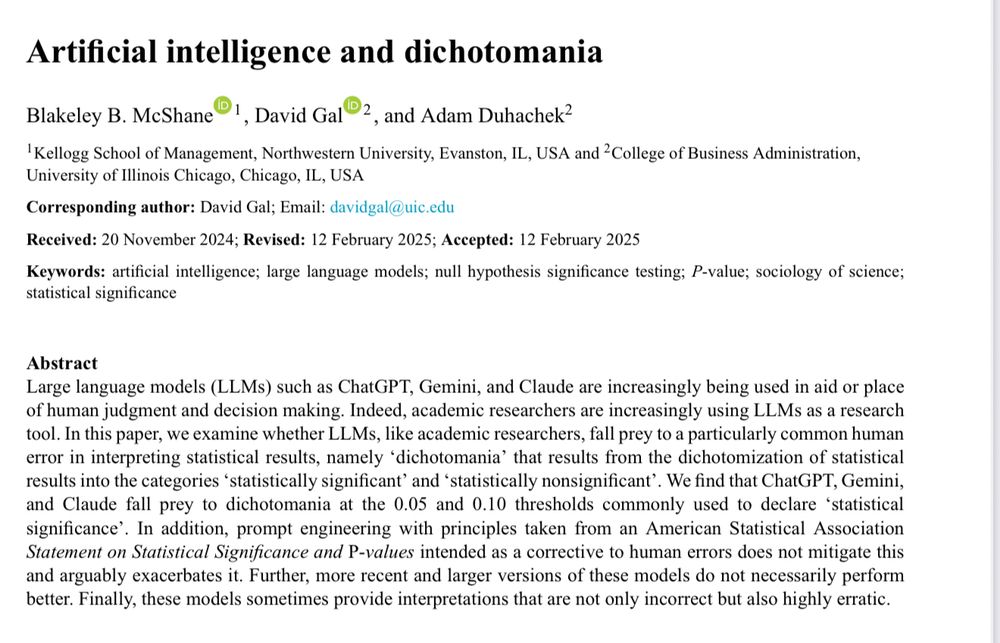
Issues with interpreting p-values haunts even AI, which is prone to same biases as human researchers. ChatGPT, Gemini & Claude all fall prey to "dichotomania" - treating p=0.049 & p=0.051 as categorically different, and paying too much attention to significance. www.cambridge.org/core/journal...
21.04.2025 16:51 — 👍 41 🔁 6 💬 2 📌 0

How To Write a Response to Reviewers
How to write a response to reviewers. www.sciencedirect.com/science/arti...
14.04.2025 12:22 — 👍 9 🔁 6 💬 1 📌 0

today we will all read imbens 2021 on statistical significance and p values, which is a strong contender for having the best opening paragraph of any stats paper
pubs.aeaweb.org/doi/pdf/10.1...
06.04.2025 02:05 — 👍 710 🔁 111 💬 26 📌 9
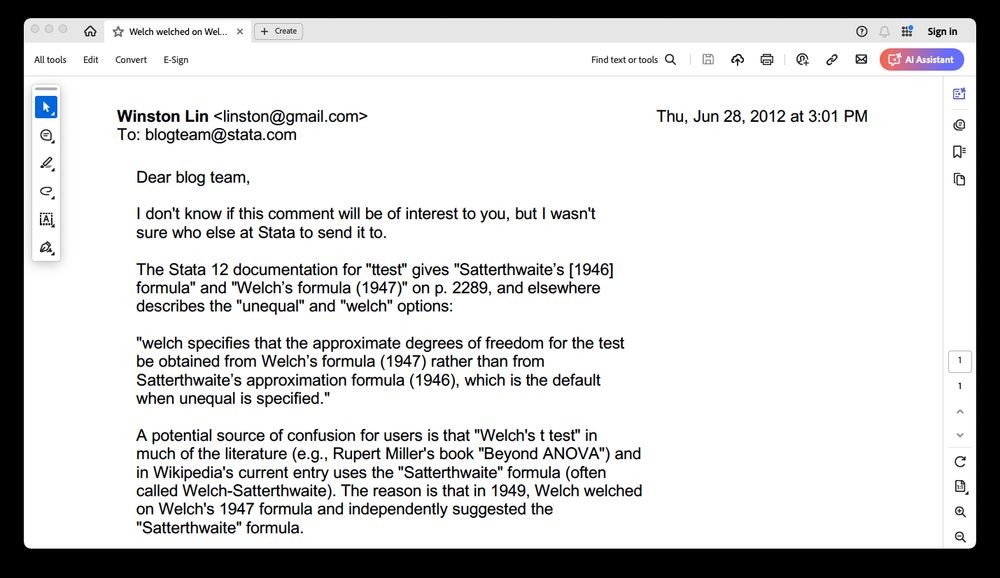
Email to Stata explaining that Welch (1949) "welched" on Welch (1947), but refraining from asking if their co-founder Finis Welch was related to B. L. Welch. :) Continued in next screenshot
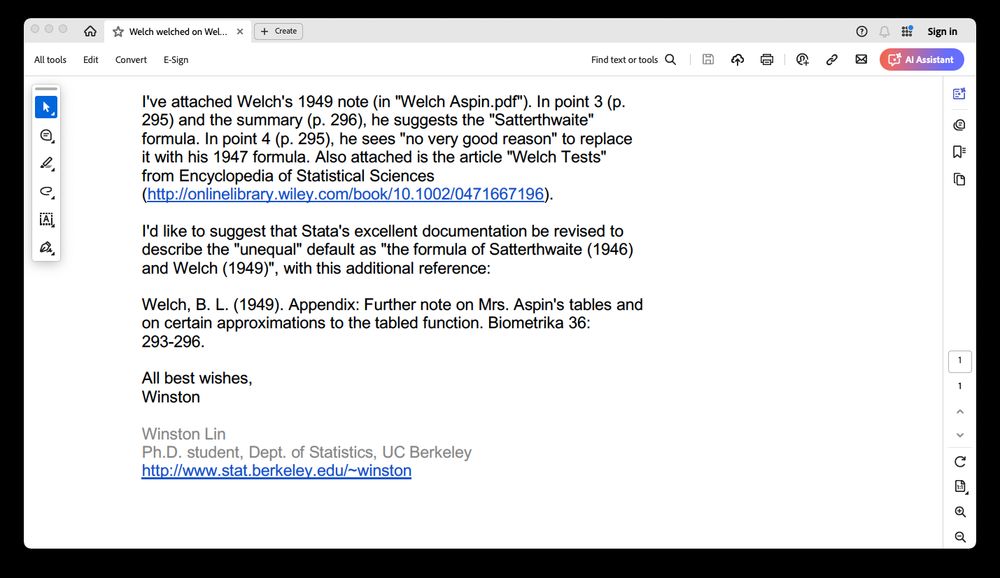
Second half of email, suggesting that the "unequal" option be described as using "the formula of Satterthwaite (1946) and Welch (1949)" (because what many people call the Welch test is what Stata's "unequal" option does, not what their "welch" option does)
Btw here's an email I sent Stata in 2012, suggesting a clarification to their descriptions of the "unequal" and "welch" ttest options. Got a polite reply but I don't think they changed it :)
06.04.2025 16:59 — 👍 2 🔁 0 💬 0 📌 0
Here's some older, related stuff (from me) aimed at political scientists.
Related paper #1
"Arguing for a Negligible Effect"
Journal: onlinelibrary.wiley....
PDF: www.carlislerainey.c...
10.03.2025 15:23 — 👍 3 🔁 1 💬 1 📌 0
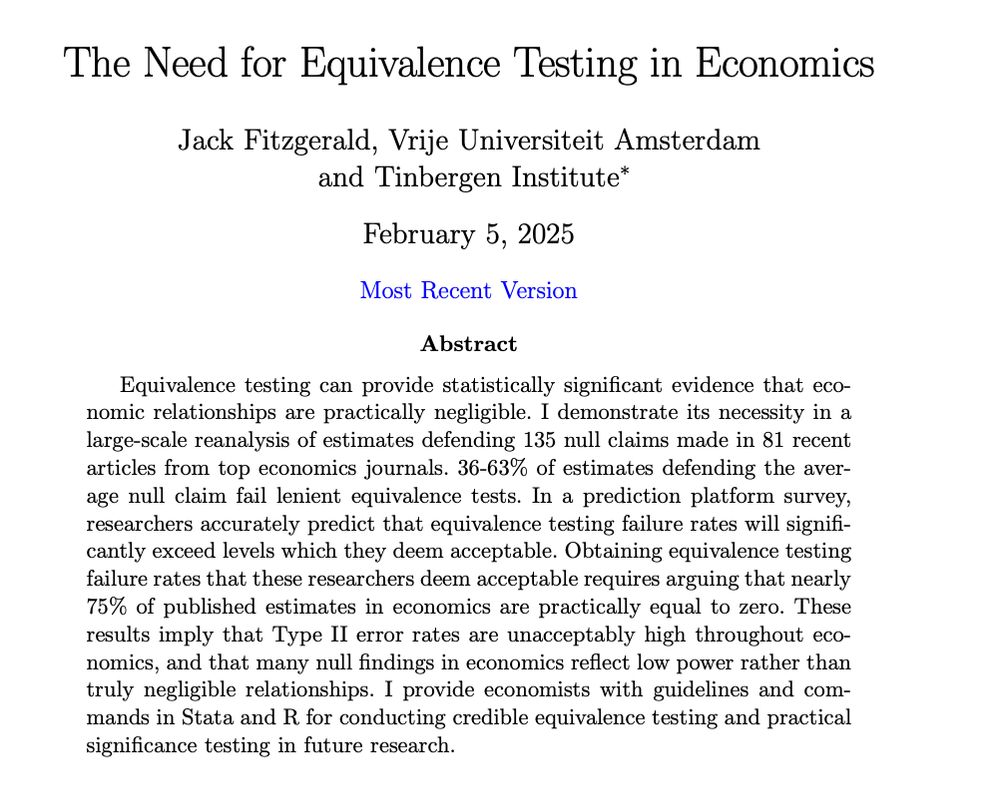
"The Need for Equivalence Testing in Economics"
from Jack Fitzgerald (@jackfitzgerald.bsky.social)
Preprint: osf.io/preprints/met...
We know that "not significant" does not imply evidence for "no effect," but I still see papers make this leap.
Good to see more work making this point forcefully!
10.03.2025 15:23 — 👍 29 🔁 9 💬 4 📌 1
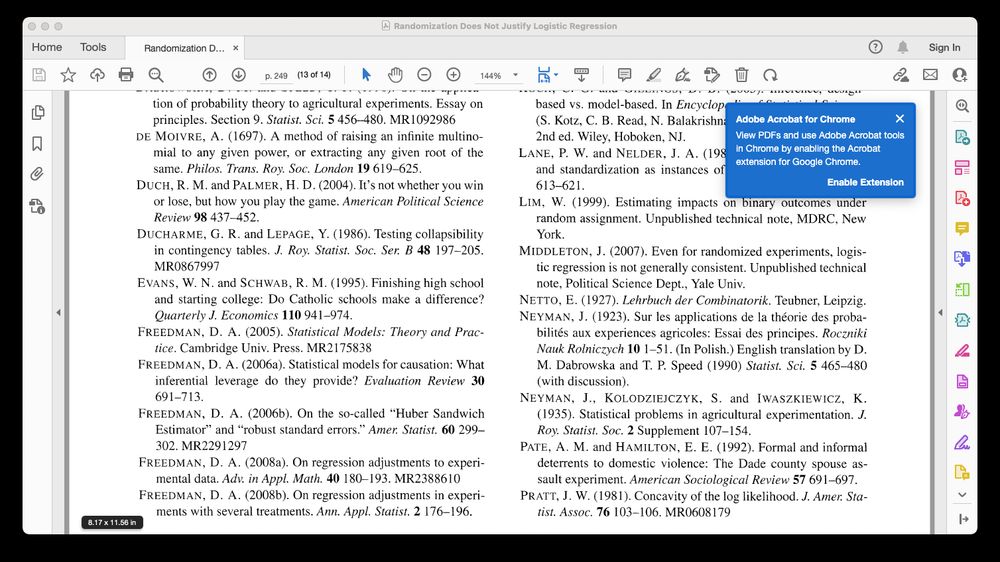
In the '90s when I worked at Abt and MDRC, I wrote an email that initially had the subject header "OLS without apology". I shared a later version with Freedman, who cited it as "Lim (1999)" in his "Randomization does not justify logistic regression"
08.03.2025 20:39 — 👍 10 🔁 1 💬 0 📌 0
Clarification: my paper doesn’t advocate a specific estimator. That’s one of the meanings of “agnostic” in the title :)
08.03.2025 17:16 — 👍 2 🔁 0 💬 0 📌 0
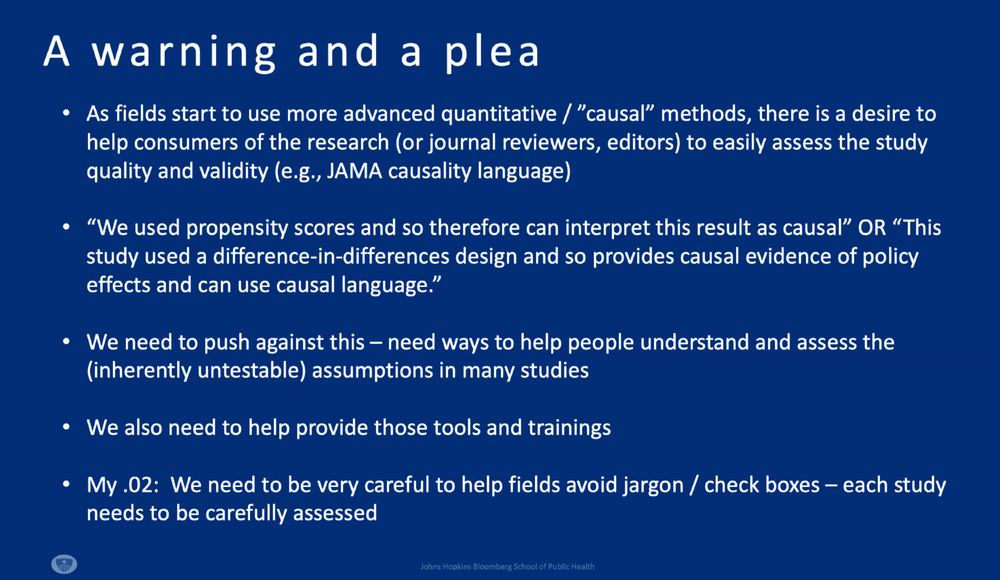
A warning and a plea
- As fields start to use more advanced quantitative / "cause" methods, there is a desire to help consumers of the research (four journal reviewers, editor) to easily assess the study quality and validity (e.g. JAMA causality language)
...
- We need to push against this - need ways to help people understand and assess the (inherently untestable) assumptions in many studies.
An important plea from @lizstuart.bsky.social in today's SCI-OCIS Special Webinar Series:
19.02.2025 17:43 — 👍 9 🔁 2 💬 2 📌 0
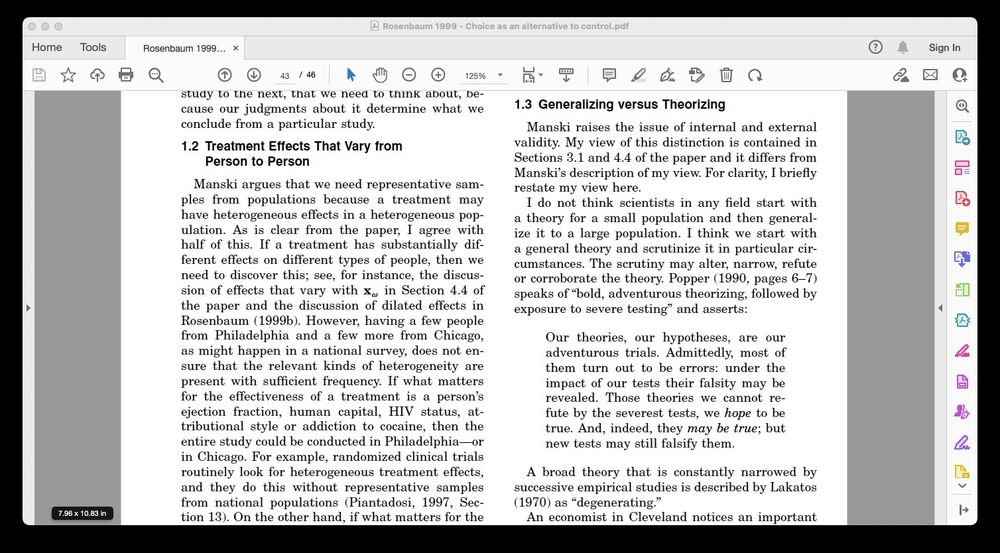
I don't wanna put words in Rosenbaum's mouth ("spectrum" is just a word that came to my mind for a quick Bluesky reply) and I'd really encourage anyone interested to read his papers and the Stat Sci discussion in full, and then critique them. :) But here's a screenshot from his reply to Manski
10.02.2025 17:25 — 👍 2 🔁 0 💬 0 📌 0
competing theories. He has an interesting debate with Manski on external validity in the comments on the Stat Sci paper (I'll send you some excellent responses that my undergrad students at Yale wrote).
10.02.2025 15:01 — 👍 1 🔁 0 💬 1 📌 0
can lead to badly misleading literatures; (3) we can sometimes learn from collections of studies with different designs & weaknesses (I think he's partly influenced by the literature on smoking & lung cancer, which he cites elsewhere); (4) we should try to falsify or corroborate predictions of 2/
10.02.2025 15:01 — 👍 2 🔁 0 💬 1 📌 0
Thanks, Alex! I think that's a small part of his message. It's hard for me to do justice to these papers in a short thread, but I think he's also saying (1) credibility is on a spectrum and we should try to learn from all sorts of designs; (2) repeating the same design with the same weaknesses 1/
10.02.2025 15:01 — 👍 2 🔁 0 💬 1 📌 1
Professor of Psychology at NYU (jayvanbavel.com) | Author of The Power of Us Book (powerofus.online) | Director of NYU Center for Conflict & Cooperation | trying to write a new book about collective decisions
A professional association and community for technologists that serve the public good.
https://www.publicgood.tech/
Political Science Research and Methods: The journal of the European Political Science Association, edited by John Griffin, published by Cambridge University Press
Official Journal of the Society for Political Methodology
https://www.cambridge.org/core/journals/political-analysis
Health/social policy, poli sci, inequality, methods, Europe. Teaching & learning, dogs, mezzo-alto, ME/CFS. Getting Better is open access! https://policy.bristoluniversitypress.co.uk/getting-better
Professor, Harris School of Public Policy, Director, Stone Center for Research on Wealth Inequality and Mobility, University of Chicago
Law & politics, campaign finance, bureaucracy, transparency. Writing a book about government allocation of risk. Here in my personal capacity.
Research Scientist at @CSSPenn.
https://aghasemian.github.io/
Assistant prof. Stony Brook University Political Science.
Political psychology: race, ethnicity, and politics; ideology. Loves measurement.
Sometimes ⚽ posts. YNWA. 🌭🐕🍺🚲
https://www.amengelhardt.com/
Home of the "Best of #Econtwitter" (& #econsky) newsletter
https://www.bestofecontwitter.com/
Assistant Professor, Nephrologist at NYU
Research interest: CVD, Autonomic dysfunction in CKD/ESKD. JAE at JASN. Opinions are mine. #Nephsky
Words in Streetsblog. Examining how we make passenger rail better (electric/modern) for NYU-Marron. Prev: NY Mag, NY Post-Metro, NYDN. Hook’em🤘. 🏳️🌈. Tips? bynolanhicks@gmail.com; Signal/WhatsApp.
I write the Expecting Goals newsletter (expectinggoals.com) and I'm gonna try to bring soccer analytics to bluesky. Let's see if it works. He/him.
"A very accessible, very interesting, non-bombastic political scientist." -Jonah Goldberg
Subscribe to my newsletter "Tusk" about US parties, campaigns, and politics: http://smotus.substack.com
Political Scientist. Professor at NYU’s Center for Global Affairs. Experiments, data analysis, guitar, drums, fan of comedy. Make guides for @statacorp.bsky.social users. Two boys and exhausted all the time. More at www.johnvkane.com
Biostatistician @IDEXX formerly at harvardmed, @BIDMChealth, @nasa. Big data, clinical trials, and medical diagnostics. Mainer. Opinions are my own. he/him
I post mainly about math, and what it means to be human. Professor, writer, truth & grace seeker. Former MAA president. Opinions my own. Book: Mathematics for Human Flourishing (2020) https://amzn.to/3CLGCA5
Editor and CEO, Zeteo
Author, ‘Win Every Argument’
British-American





